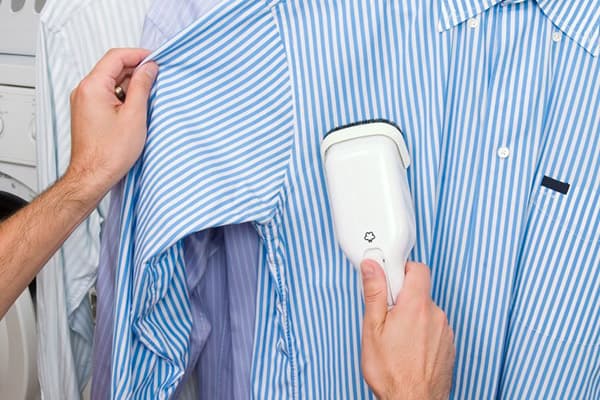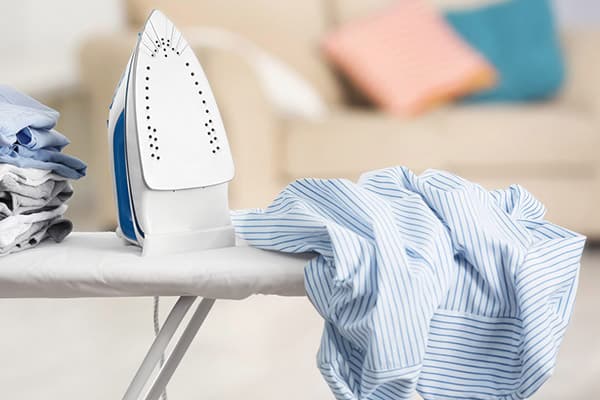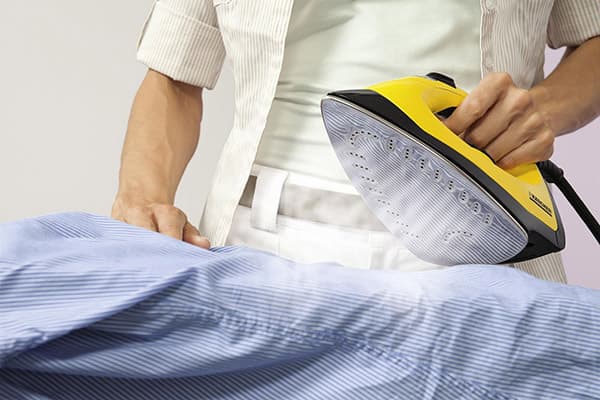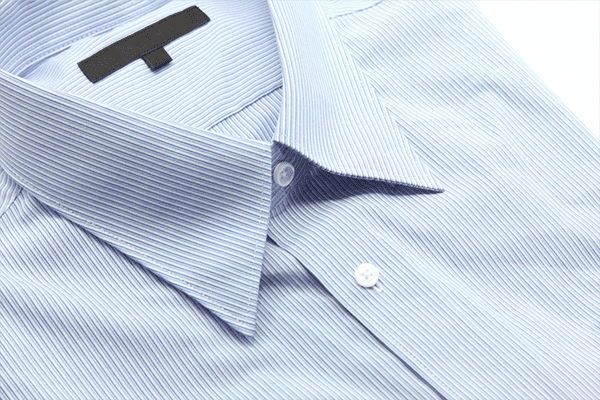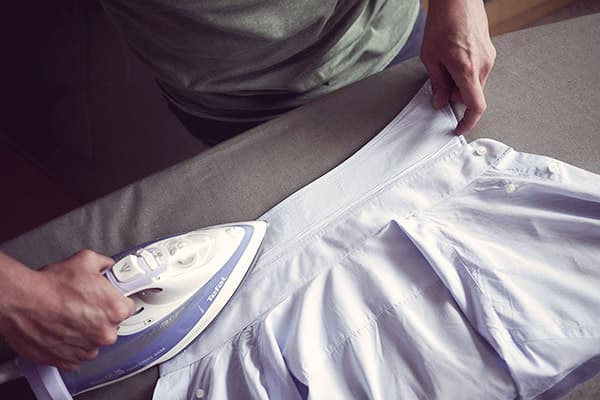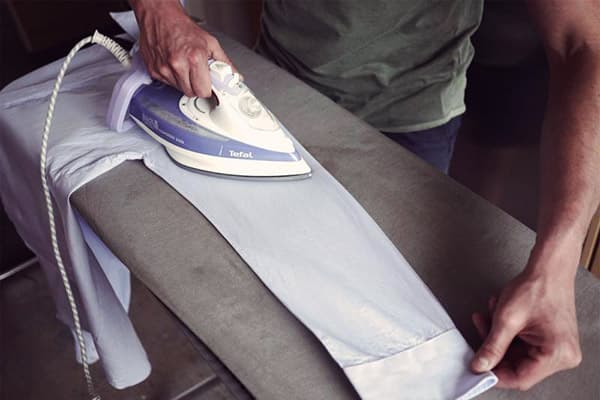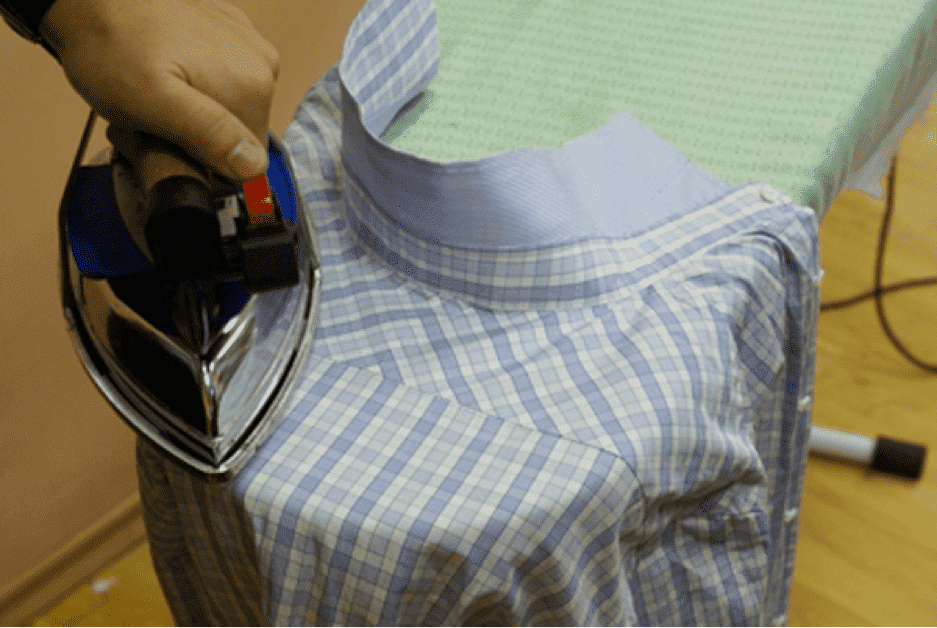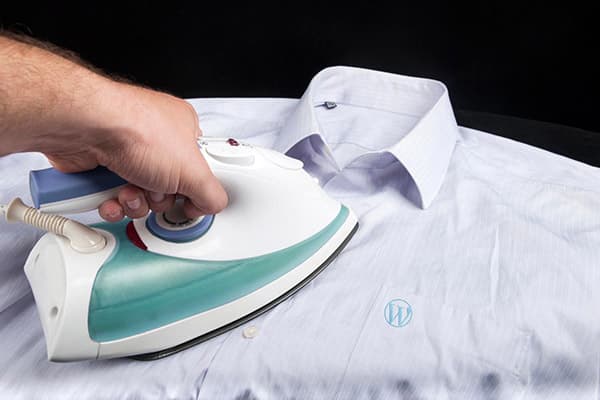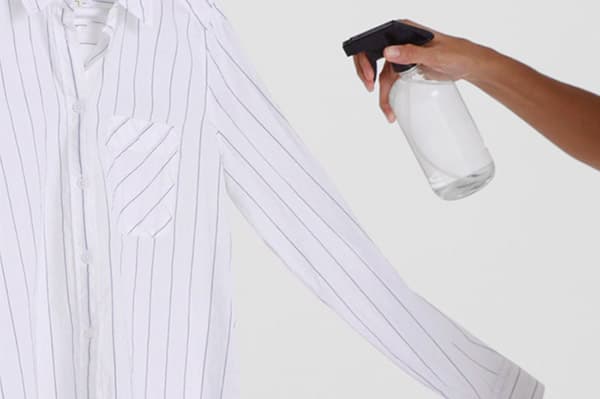How to quickly and efficiently iron a shirt - instructions for young housewives
Content:
Few can boast that ironing a shirt for them is a favorite pastime. Rather, it is an urgent need, and here you can not do without experience and certain skills. Knowing exactly in what sequence it is better to iron the details of the shirt, what to iron in the first place and how to complete the work, you will not have to spend a lot of time and effort on preparing clothes.
How to iron shirts?
If until recently, the iron as a tool for ironing clothes was out of competition, today the steamers, steam generators, steam mannequins challenge the right to leadership, and each of these devices has its advantages and disadvantages.
You can iron the shirt using the following electrical appliances:
- Iron. The most common way of ironing is with an ironing board and a household iron. The process is long and time-consuming, but as a result the clothes turn out to be perfectly ironed. The main thing is to observe the temperature regime suitable for the composition of the matter from which the product is made.
- Steamer. A worthy alternative to the iron is a device that allows you to smooth the fabric using a steam jet. The shirt is hung on a coat hanger and is steamed along the shelves, along the sleeves, cuffs, collar. Steaming avoids the appearance of a glossy shine and creases. Clothing looks like new: it becomes matte and takes on a more voluminous, airy shape. You can even iron your shirt with a steamer and clean your trousers, hat or coat.
- Steam generator. In fact, it is an iron connected by a flexible tube to a plastic container filled with water. The device expands the capabilities of an ordinary device by ejecting a powerful jet of steam: when heated to a boiling point, the liquid turns into steam and, after pressing the lever under pressure, is thrown out.
- Ironing mannequins. Ideal for those who have to iron shirts every day. An automated device requires almost no human intervention. It is enough to set the required dimensions, pull the product on the mannequin and turn on the device. Using a strong cold stream, you can smooth the shirt, and to dry and straighten the wet product at the same time, hot air is used.
Unlike the iron, steam ironing devices require gentle work with the fabric. They can be trusted with ironing shirts made of silk, linen, cambric, polyester, viscose and other delicate materials. At the same time, one should not be afraid of the appearance of burnt holes or glossy areas.
Ironing preparation
Each textile product, and shirt - especially, requires special attention and an individual approach. Getting started with ironing, it is important not to forget some important points:
- Using the label sewn into the side seam of the product, you should determine the composition of the fabric. Usually, men's shirts are made from cotton or linen with an admixture of viscose or polyester, but other compounds are also found. Depending on the material, the heating mode of the iron is set.
- It is necessary to check how clean the sole of the iron is, whether carbon deposits and dirt remain on it after previous use. This is especially important for ironing white clothes.
- The fabric of the ironing board should also be carefully examined for damage and contamination, since all stains under the influence of a hot iron will immediately go to the fabric of the shirt.
- For the convenience of ironing, it would be nice to use an additional small board for the sleeves. If one is not available, a rolled towel can be fitted.
- It is necessary to take care of the water, which will have to be added to the iron tank or to the sprayer, because it is not easy to stroke a cotton shirt without additional wetting.
- Woolen or silk shirts sometimes have to be ironed through gauze, which should also always be kept at hand.
When everything you need for ironing is ready, you just need to set the temperature correctly - and you can get to work.
How to choose the right temperature?
Having determined by label the composition of the material from which the product is sewn, it is necessary to set the temperature on the iron, suitable for ironing this material.
If the label has long been wiped and you can only guess about the composition of the fabric, you can use the following information:
- Cotton is ironed at a temperature of +150 ° С with the supply of wet steam, pressing hard on the iron.
- Harvested cotton - +110 ° С, without steam.
- Cotton with polyester - +110 ° С, steam supply can be activated.
- Cotton with flax - + 200 ° С, powerful steam boost.
- Linen is ironed at a temperature of + 230 ° C, you can moisten the product from the spray gun.
- Polyester, rayon, acrylic can withstand temperatures of not more than +120 ° C.
- The coat is ironed on the wrong side at +170 ° C.
Shirts decorated with embroidery, embossed patterns, emblems, as well as black products should be ironed exclusively on the wrong side.
The classic way to iron shirts
There are many models of shirts: women's and men's, with short and long sleeves, with collars, cuffs, pockets and without small details. But, perhaps, the hardest thing is to properly iron the men's shirt. Having learned this wisdom, one can easily cope with other similar products.
Stage 1 - Collar
Ironing shirts begin with a collar. This small part is clearly visible from under the jacket, so the collar should be perfectly ironed, without creases and creases.
Before ironing, the collar is laid out on the table or ironing board with the wrong side up and the corner of the iron carefully, without special pressure, from the tips to the middle. Then the part is turned over to the front side and the operation is repeated.
To iron the stand of the collar, it is stretched along the edge of the board and straightened, turning on the steam function, barely touching the material with the sole of the iron. Now it remains only to insert metal or plastic clips into the pockets (if they are provided for in the product), bend the collar 3-4 cm above the rack and iron the part again.
Stage 2 - Sleeves
Sleeves at the shirt begin to iron with cuffs. These parts consist of two layers of material, therefore, so that the fabric does not wrinkle, you need to move from the corners to the middle. First, the inside is processed, then the front side.
Particular attention should be paid to the following elements:
- the seam connecting the cuff with the sleeve;
- loops;
- areas around buttons.
Poorly ironed cuffs peeking out from under his jacket can ruin the reputation of the owner.
After the cuffs, you can begin to smooth the sleeve itself. The part is laid out so that the seam is at the top and passes in the middle, and is smoothed, trying to fit the iron into the width of the sleeve and not to smooth the arrows at the edges. The same thing is done by turning the part on the other side.
Quickly and conveniently iron the sleeves with the help of a special device that resembles a small ironing board in appearance. Having such a “device”, you can avoid the formation of arrows in inappropriate places.
Stage 3 - Shoulders and Coquette
The coquette is located in the upper part of the back of the shirt.To iron this part, you need to hang the shirt on the narrow end of the board with the collar to the center and hold the iron parallel to the collar. Together with the yoke, the seam connecting the collar with the yoke and armholes are ironed.
Stage 4 - Shelves and back
First, smooth the right shelf of the shirt, that is, the one on which the buttons are located:
- The item has a collar to the narrow part of the board and the nose of the iron passes between the buttons.
- Then, moving from top to bottom, smooth the entire front of the product.
From the right shelf they pass to the back, smoothing the side seam along the way. Particular attention should be paid to the crease in the upper back.
Ironing ends with the left shelf, which is ironed, like the right one, from top to bottom.
How to iron a shirt without an iron?
If you urgently needed a shirt, and the house suddenly turned off the electricity, you can use the following methods of ironing without an iron:
- Method number 1
You can restore a respectable appearance to a crumpled linen or cotton shirt using a conventional spray gun. The product is laid out on a flat surface, sprinkled with plenty of water and smoothed with your hands, trying to straighten the fabric. After drying, the shirt will have a neat appearance.
- Method number 2
Heavily wrinkled shirt can be smoothed out with steam. To do this, hang the thing on a coat hanger in the bathroom and turn on hot water. Steam moisturizes the fabric of the shirt, as a result of which folds and large creases disappear. To finally smooth the shirt, you need to put it on in a wet state and smooth out the remaining bumps with your hands.
- Method number 3
If it is not possible to iron the shirt with an iron or other electrical appliance, it should not be wrung out after washing. Wet things are hung on their shoulders, allowing water to drain naturally. You don’t have to iron such clothes.
- Method number 4
Slightly wrinkled shirt can be smoothed out by wetting the palms in the water. To do this, the product can be laid out on a table or hung on a mannequin and, with wet hands, smooth the sleeves, back and shelves until the bruise disappears completely.
Ironing a man’s shirt is a rather complicated, but doable business. This can be learned not only by a woman, but also by every man who wants to look neat, regardless of circumstances. The main thing is to correctly set the heating temperature of the iron and take your time to do the work.
